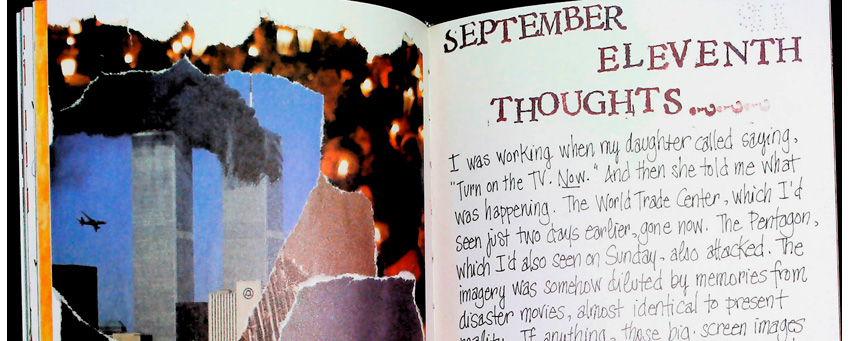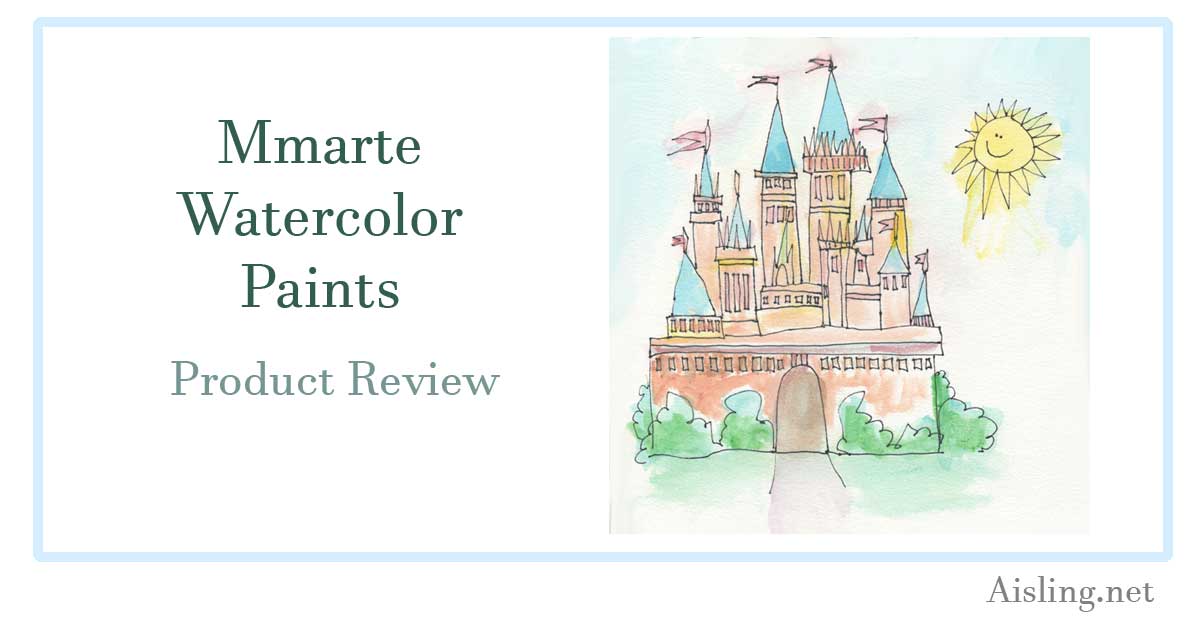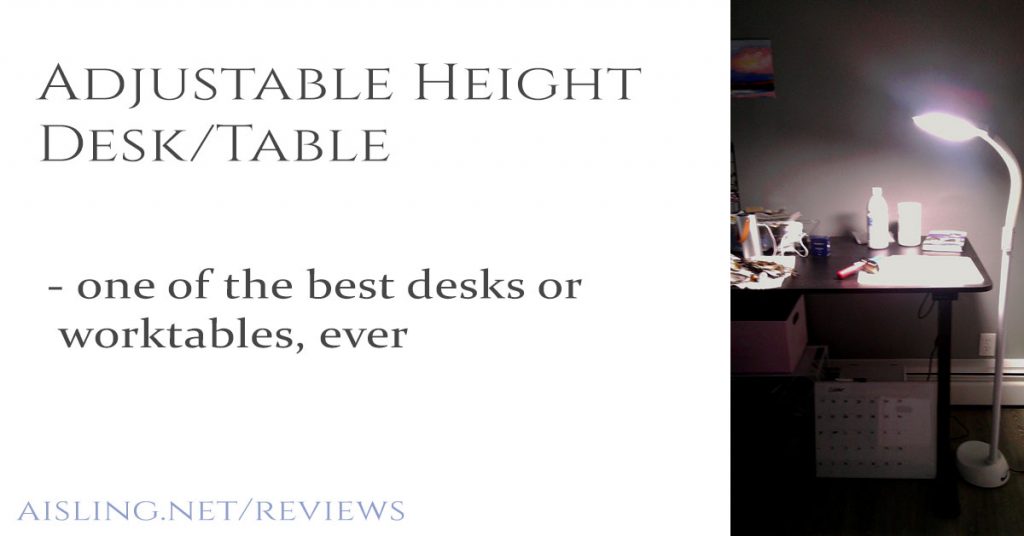Wow! Not Just a Kiddie Camera…!
When I received this camera – in return for an honest review – I did NOT expect much. I mean, really… it looks like a toy, and it’s called the KOKODI Kids Camera. As usual with many imports, the instruction manual was pretty difficult to understand. That’s partly because this camera takes photos, and makes […]
Wow! Not Just a Kiddie Camera…! Read More »





